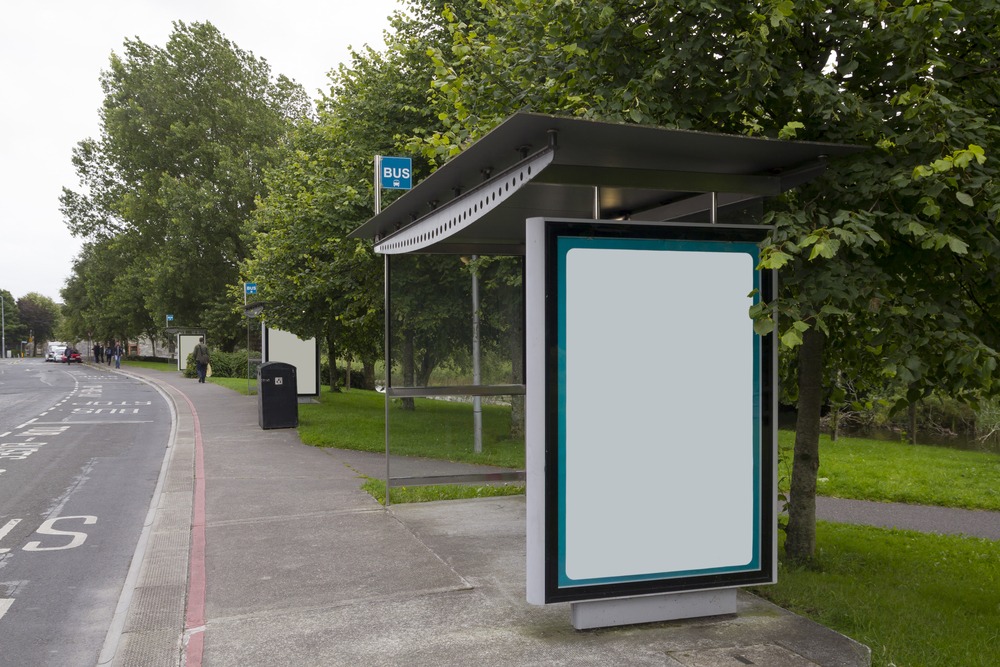
The location of a bus stop determines a rider’s exposure to road pollution, according to the University of California Los Angeles study.
The study, published recently in the journal Environmental Pollution, found that the average bus rider spends 15 to 25 minutes waiting for the bus. While waiting, riders are exposed to ultrafine particles and gasses found in exhaust.
Moving bus stops 120 feet from intersections reduces this exposure.
Researchers used specialized instruments to measure tailpipe pollutants and ultrafine particles from 10 intersections throughout Los Angeles, Beverly Hills and the San Gabriel Valley. Measurements were taken in the fall of 2013 and summer of 2014.
Data was then used to create pollutant concentration maps. Using the maps, the researchers were able to determine the quantity of ultrafine particles and other traffic-related pollutants transit users would inhale.
“Except in areas with minimal traffic, we always found there would be a significant reduction,” Suzanne Paulson, senior author of the study and UCLA professor of atmospheric sciences, said.
Vehicles, especially large trucks, release the most toxins near intersections because of stop-and-go traffic.
Traffic engineers also believe that moving bus stops also improves traffic flow, thus improving air quality with less stop-and-go traffic.